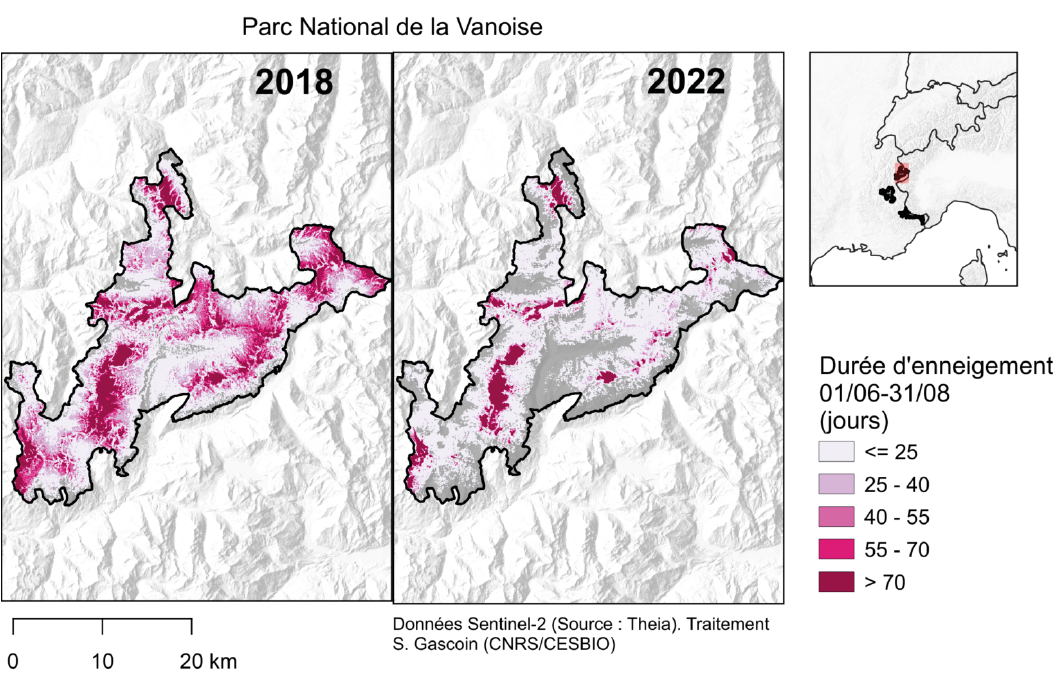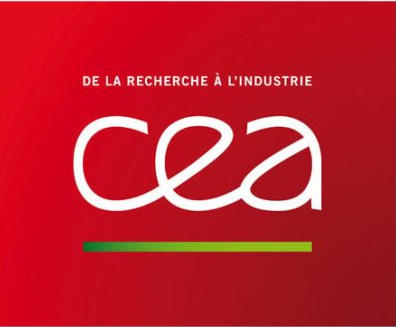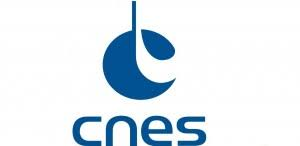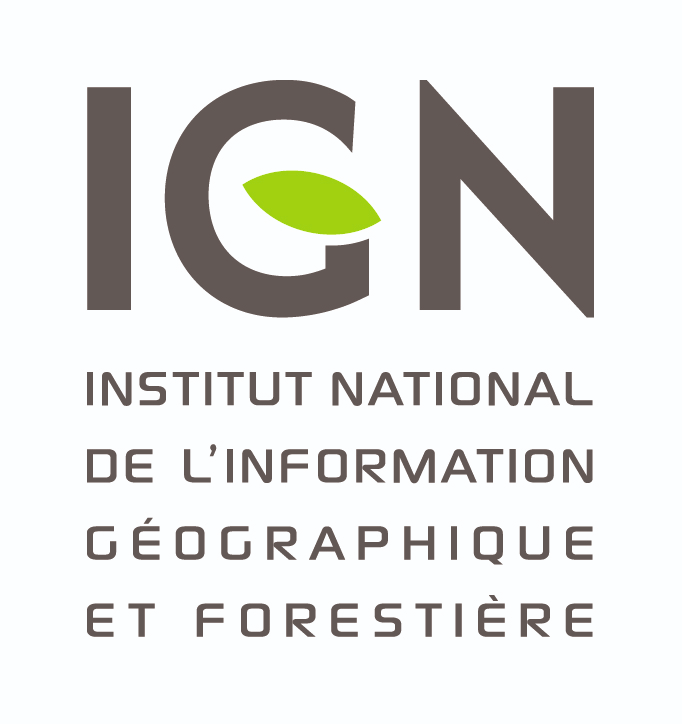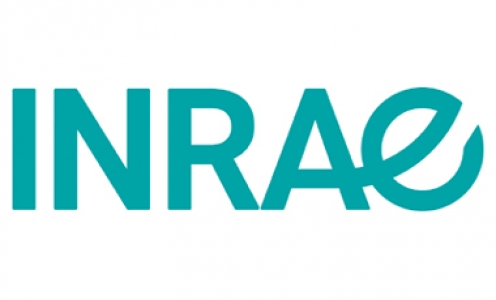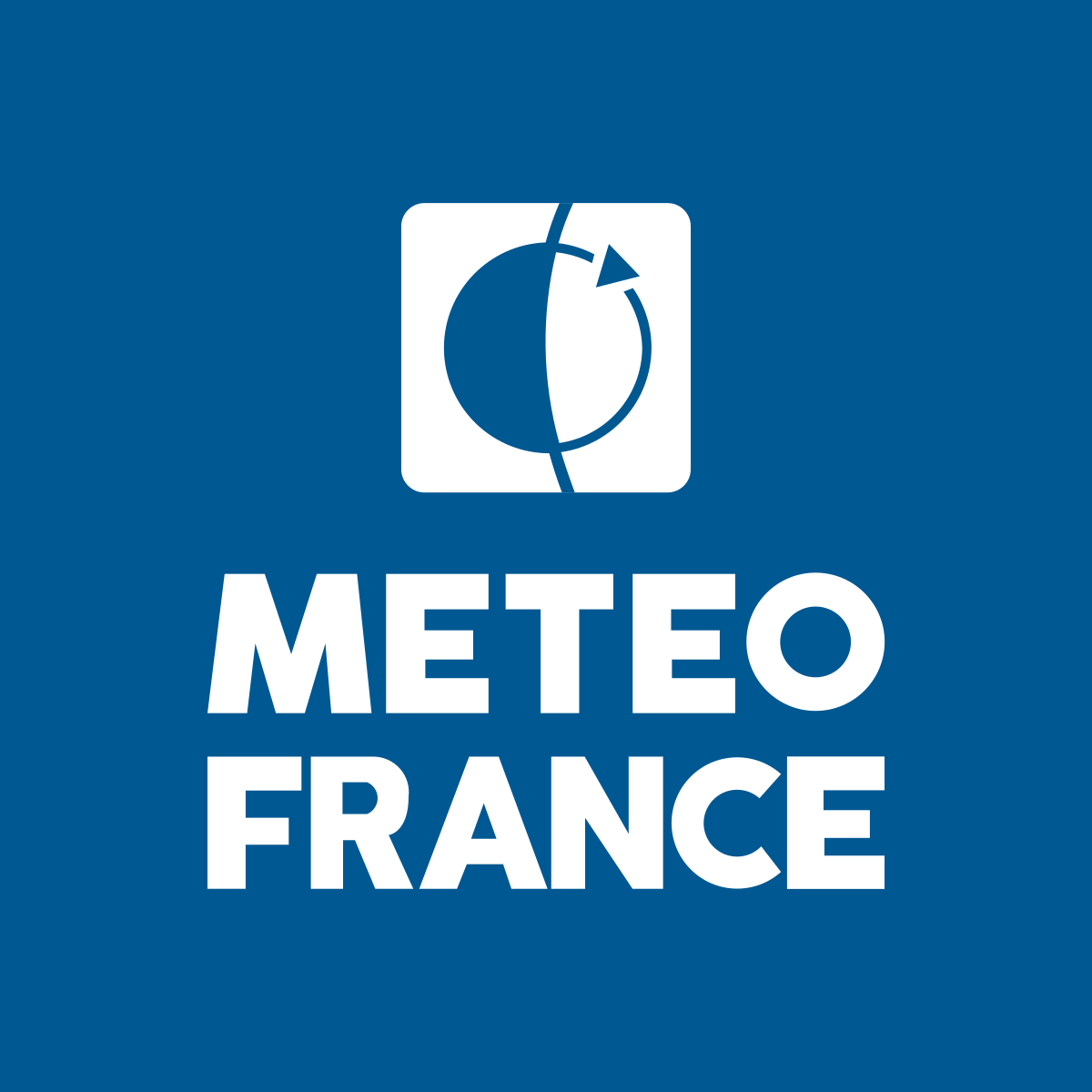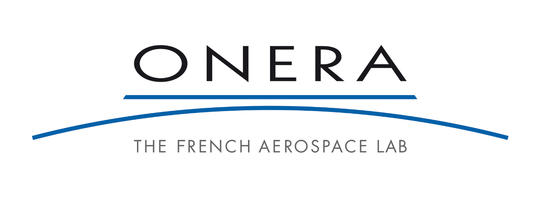SPace4Irrig | Mapping of irrigated and non-irrigated crops
Within the framework of the SPace4Irrig project, labelled Space Climate Observatory,CESBIO and MEOSS have developed a detection model for irrigated and non-irrigated plots, adapted to field crops. This project is part of the Irrigation SEC.
Responding to current water management issues
Climate change is altering the water cycle and droughts are and will be recurrent. The resulting significant water stresses must be anticipated and limited to avoid water use restrictions during the summer season. Despite their expertise, water managers lack data to diagnose the status and dynamics of water uses in their territory. The data currently available are generally incomplete, heterogeneous, scattered or obsolete. However, objective and exhaustive knowledge of withdrawals is a major issue for planning an adapted water allocation. The immediate benefits to be gained are various: moving towards greater sobriety, adapting farming practices (early sowing, more diversification and mixing of crops, etc.), optimizing the management of authorized volumes or even strengthening the monitoring of the state of resources.
The agricultural sector is the main water user (70%). The exhaustive knowledge of irrigated plots and withdrawals is therefore a central subject for water managers. Requests for water withdrawal authorizations are not sufficient to meet the need for quantitative information. Imagery and space technologies, combined with in-situ data, offer the opportunity to provide large-scale, objective, up-to-date and exhaustive information.
MEO-Irrigation, the service offered by MEOSS
The objective of the MOE-Irrigation decision support tool is to provide a complete diagnosis of irrigation practices in time and space. It includes indicators at the micro level, at the crop plot, and at the macro level, at the watershed and at the administrative boundary. It makes it possible to identify the irrigated plots, their surface area, the type of crop and to follow the evolution of the irrigated surfaces over the years. Three types of products are available: raw results (flow, shapefile…), a web-mapping platform with a choice of indicators and summary reports.

The method developed to map irrigated and non-irrigated plots is based on a supervised classification using in situ data (Sentinel-1 (radar) and Sentinel-2 (optical) image time series). Within the framework of the Space4Irrig project, the validity of the method was evaluated on two regions with very contrasting pedoclimatic and cultural conditions: the Centre-Val de Loire region and the Provence-Alpes-Côte d’Azur region. Evaluation in other regions is underway. The generalization of the method has been validated for all types of field crops, including corn, wheat, soybeans, sunflower and sorghum. In addition, the method has been tested on grasslands in the PACA region. The evaluation of the transferability to other crops, in particular vineyards and orchards, is currently being studied. The method has also been validated over several years with various levels of rainfall, temperature and drought, from 2017 to 2022. The performance of the model has been evaluated with standard performance indicators (Overall Accuracy, Precision, Recall, Kappa). The combination of optical and radar data provides a higher overall accuracy than using optical or radar data alone: between 85 and 90% depending on the territory.
CESBIO and MEOSS are collaborating through a Cifre thesis (PhD student: Ghaith Amin), co-directed by V. Demarez (Research teacher at CESBIO/UT3, coordinator of the Irrigation SEC) and MEOSS. One of the objectives of this thesis is to develop a new semi-automated method to get rid of in-situ data.
The realization of a test phase with a sample of key actors working on water management allowed to compare the products proposed by the MEO-Irrigation platform with the needs of the users. Almost all the actors recommend the service with an average score of 8/10 (except for 1 neutral and 1 without response).
The WaterManagement range
The range of services offered by MEOSS is constantly evolving. It offers various and complementary tools to observe, assess and anticipate water-related risks and stresses.
Today, the range includes:
- MEO-WaterReserve for waterbody inventory and monitoring;
- MEO-Irrigation for inventory of irrigated, non-irrigated plots and their crop rotation;
- MEO-WaterColor for water quality monitoring.
Web mapping application and display of the long term water body monitoring indicator (MOE-WaterReserve)
Thanks to new technologies, R&D and scientific partnerships, MEOSS will soon offer :
- Drought indicators related to irrigation practices;
- Monitoring of water body volumes;
- In-season irrigation detection;
- The number of water turns for irrigation;
- To finally reach the quantification of the volumes of water withdrawn for irrigation.



